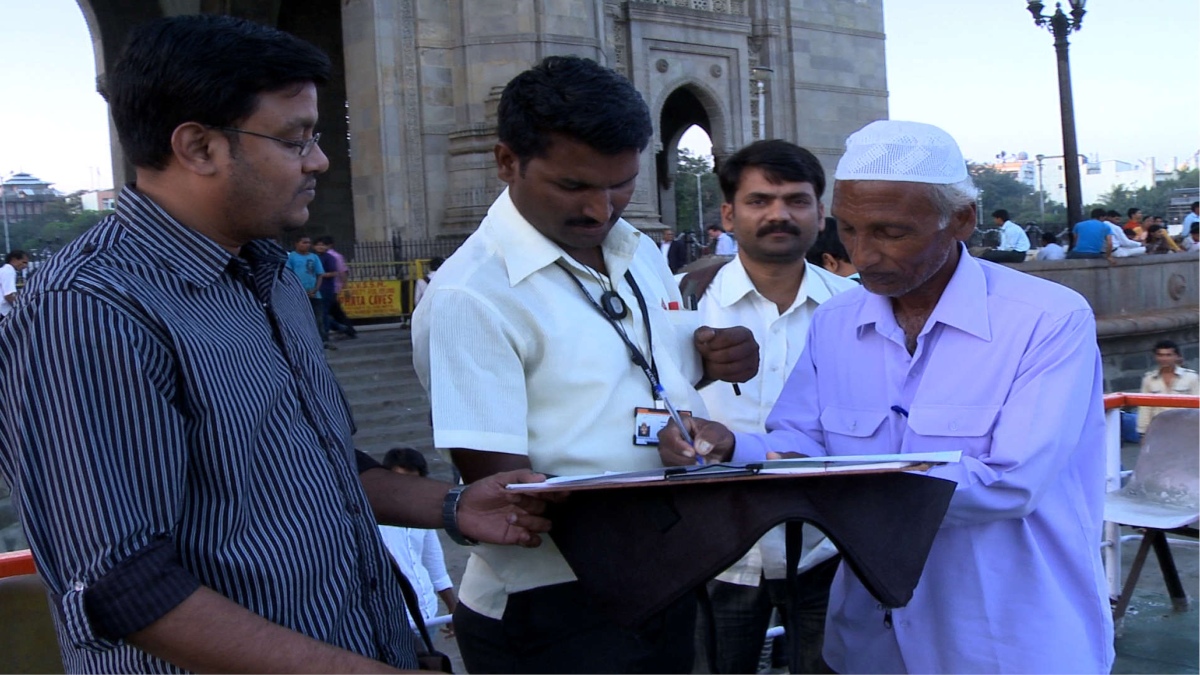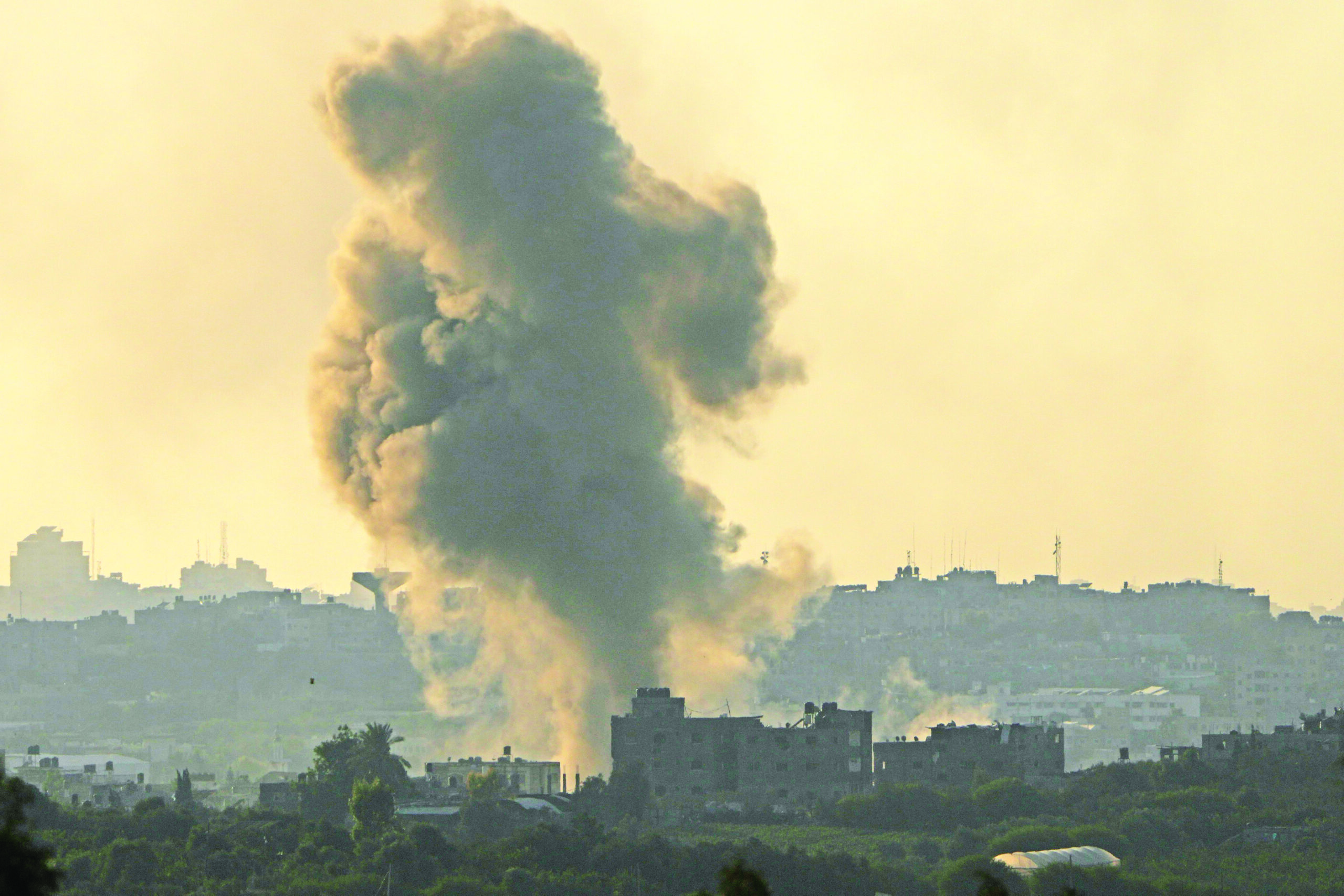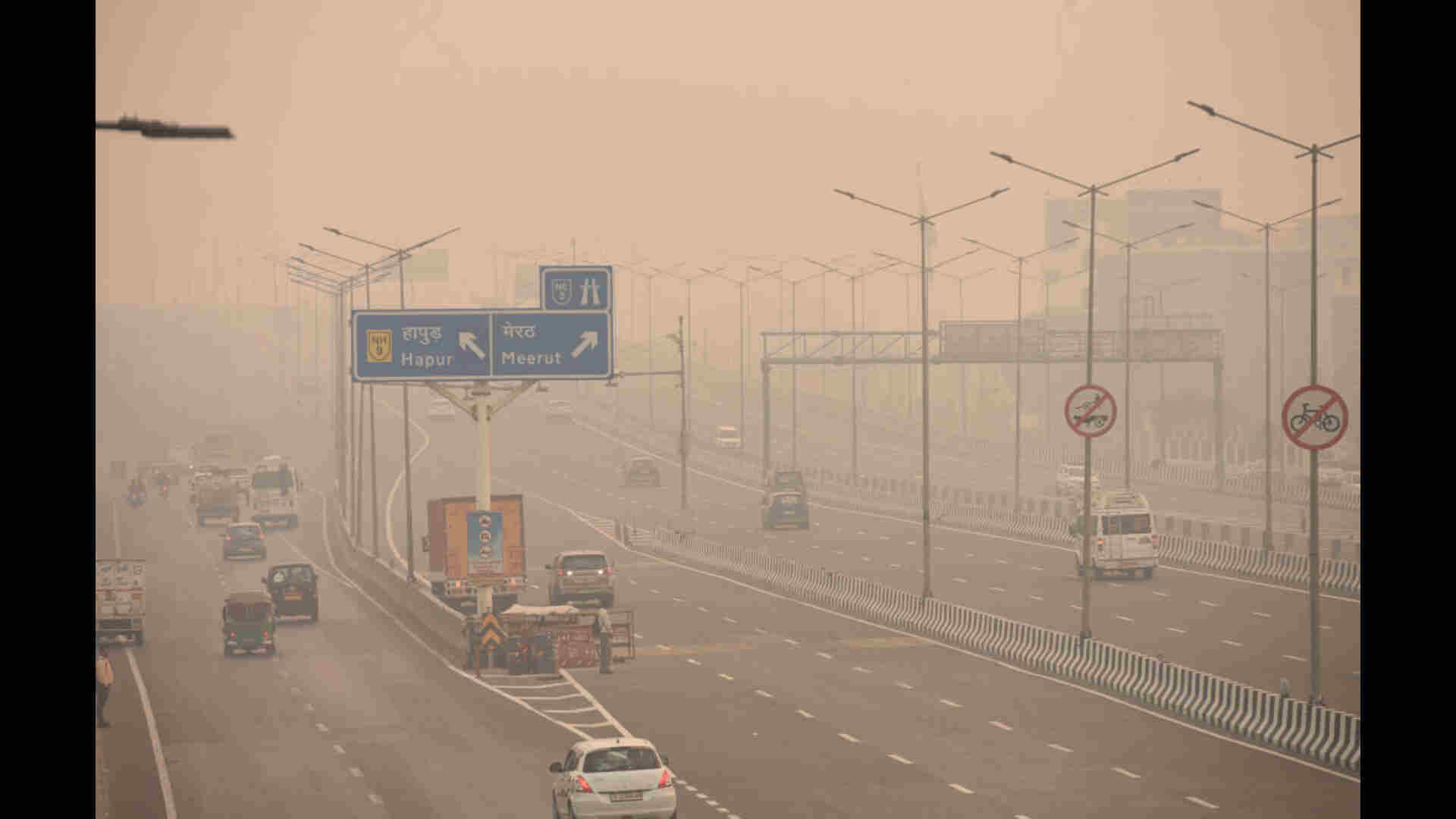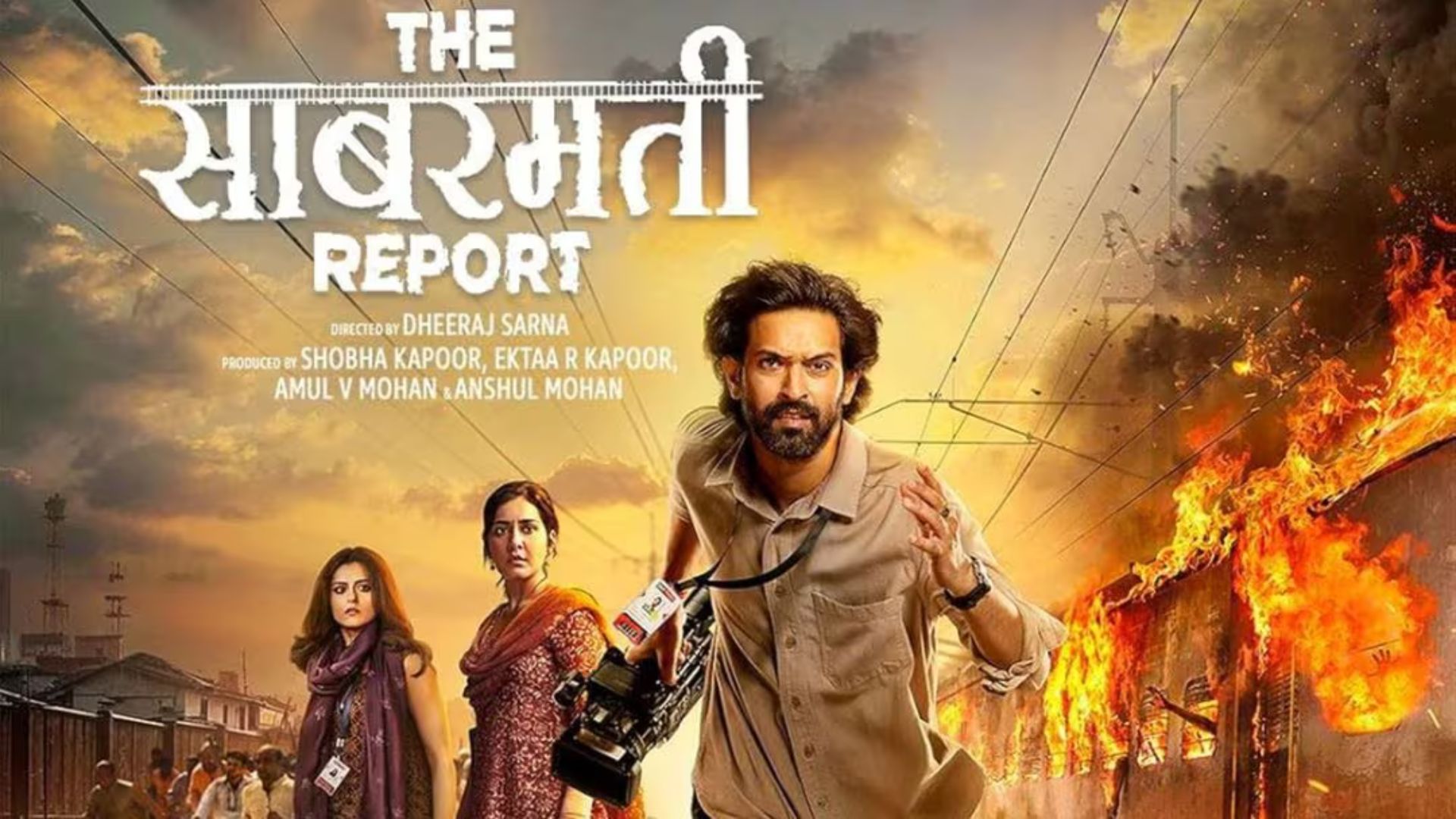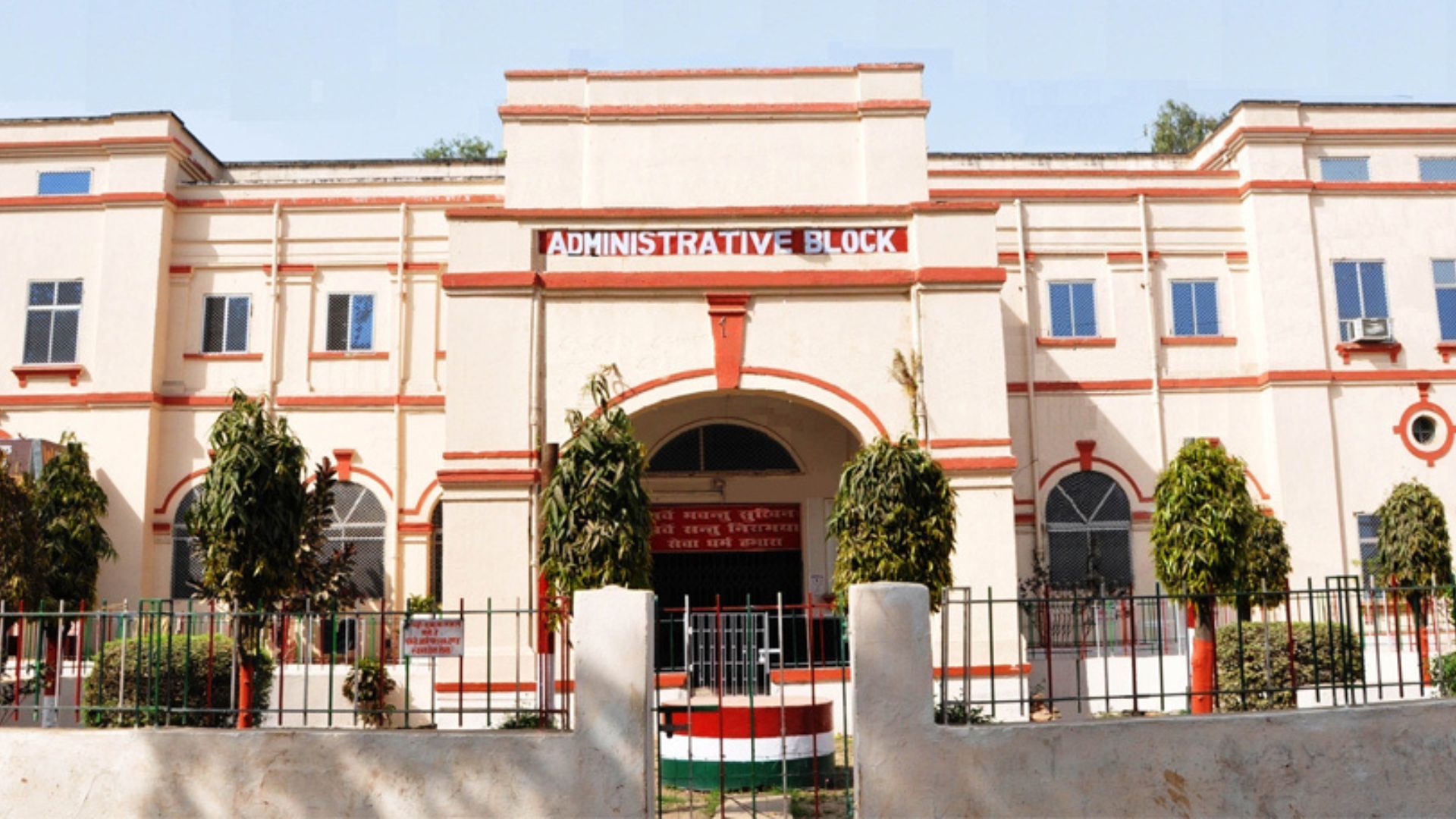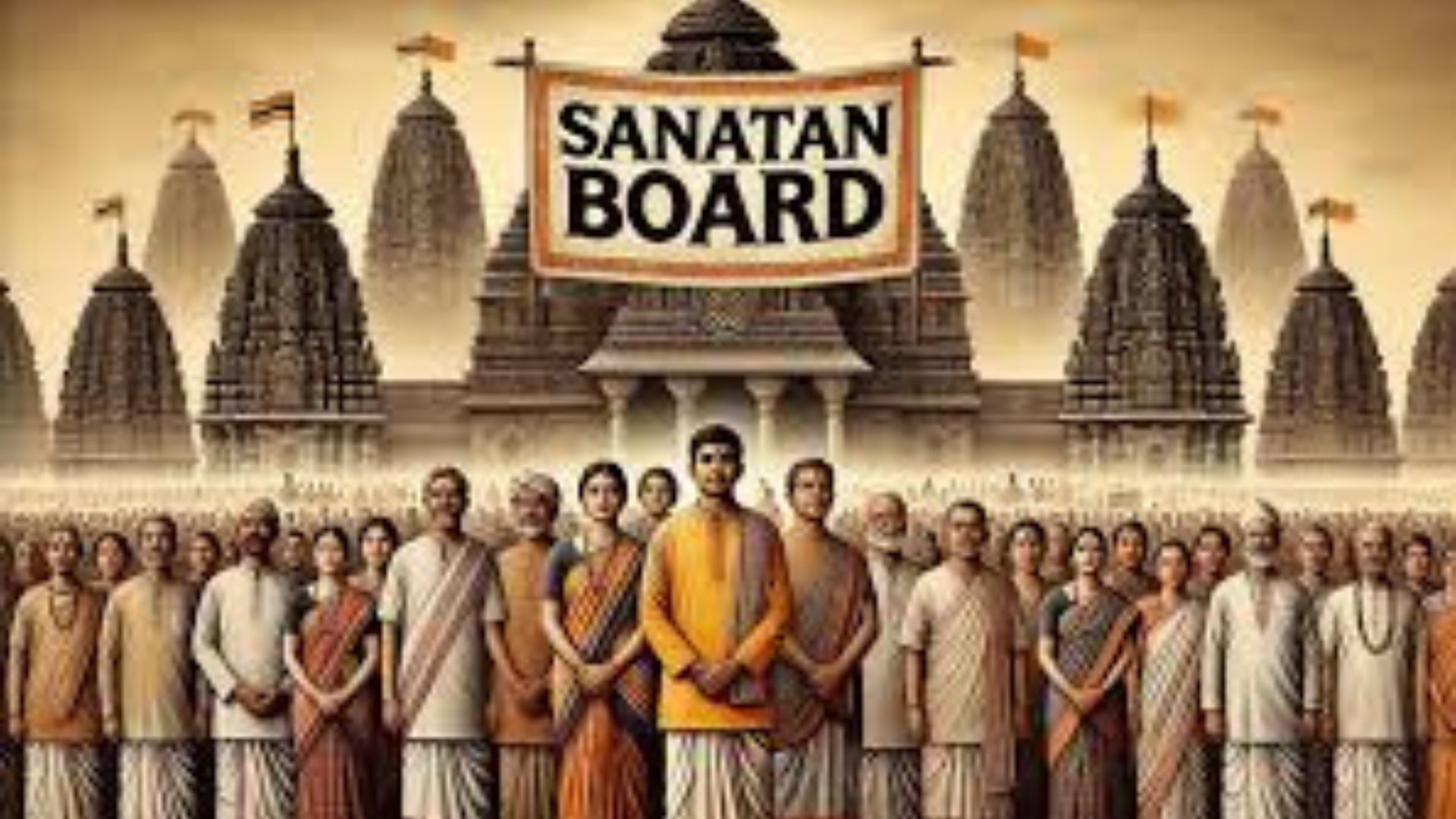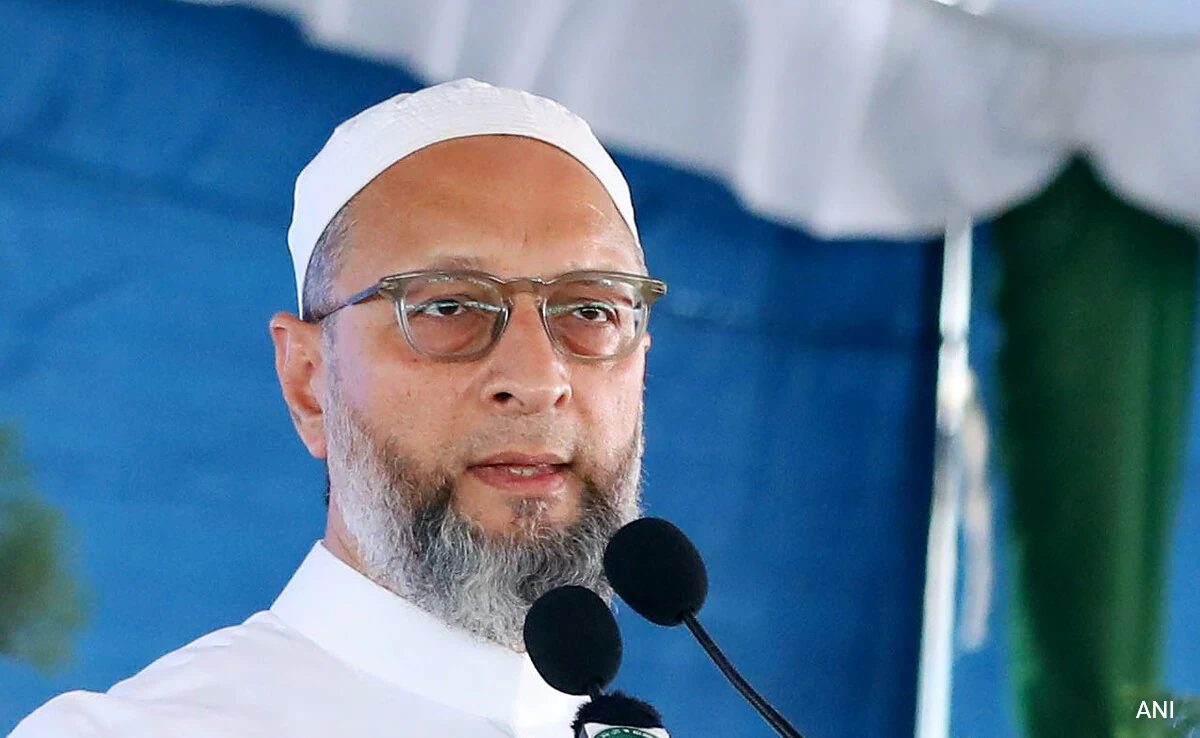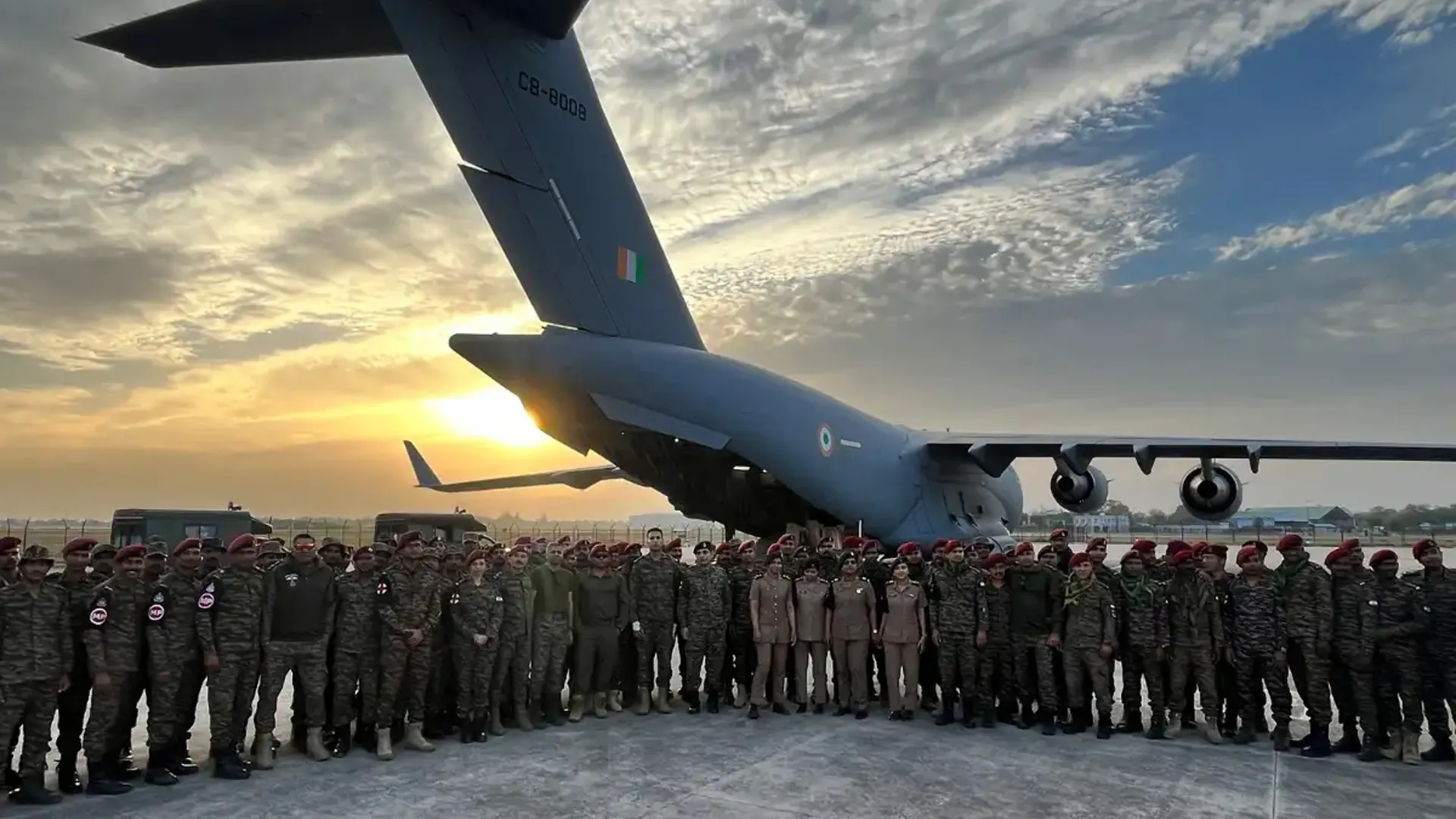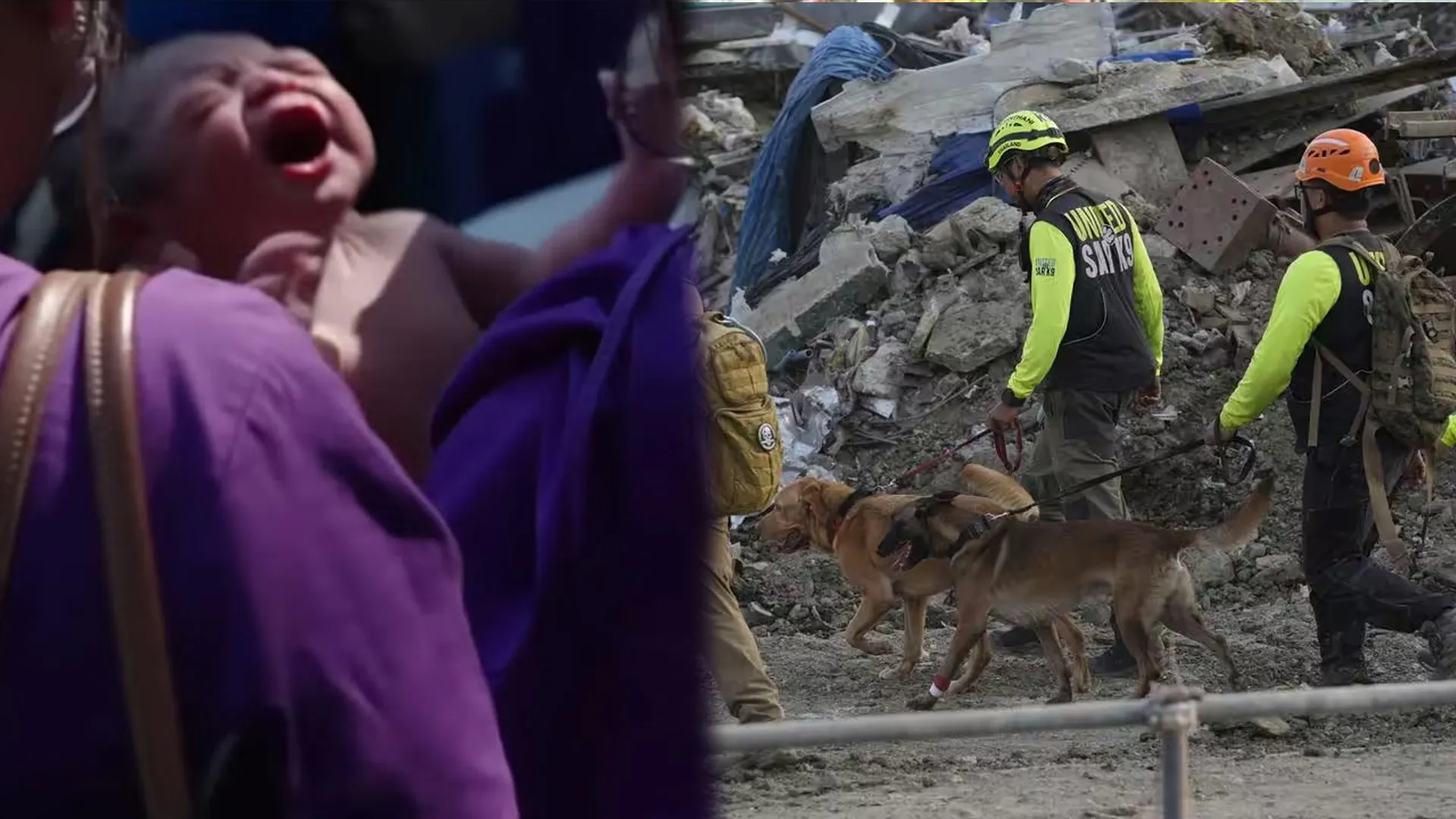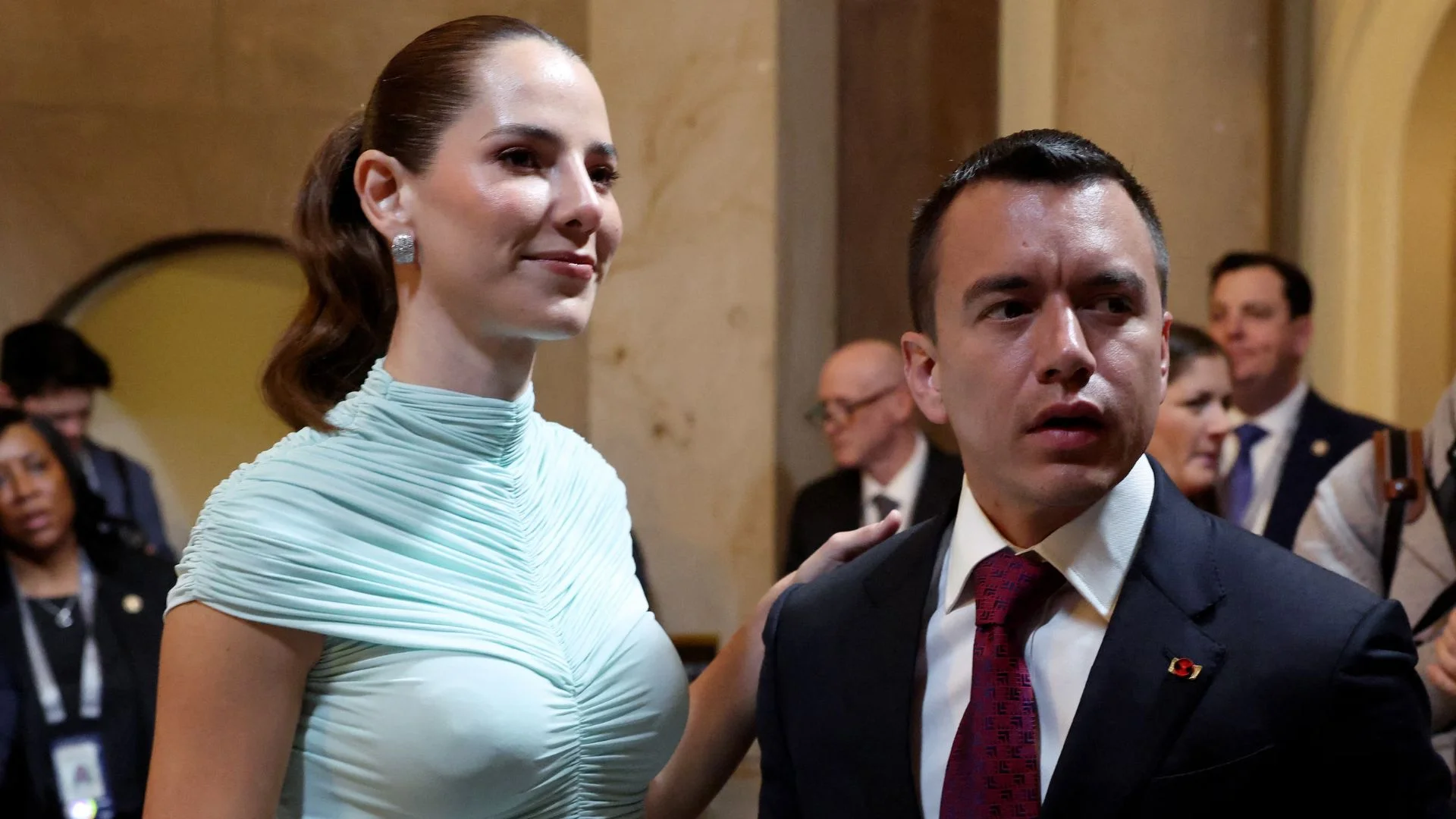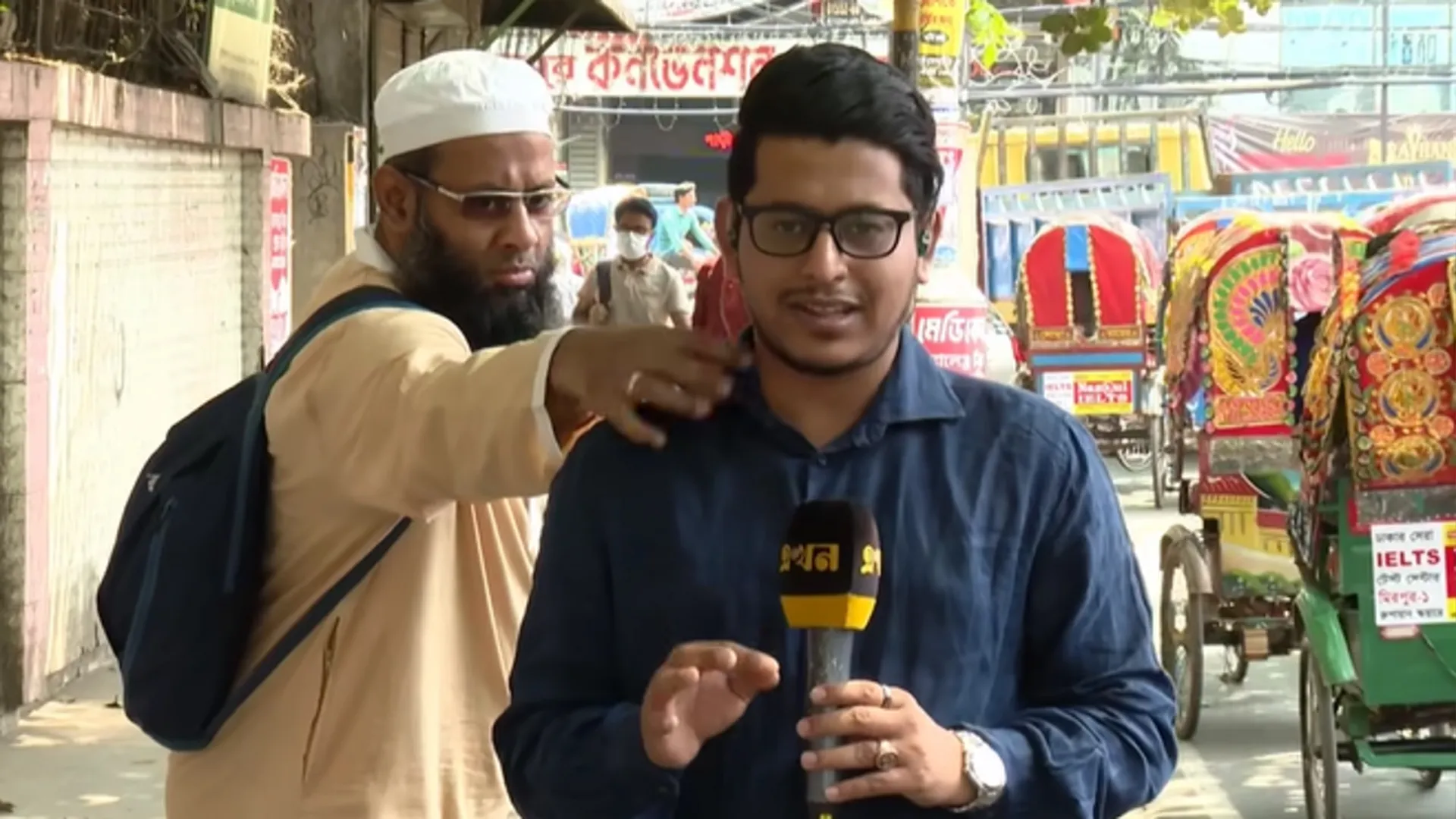Leaders from the opposition as leaders from parties that support the ruling Bharatiya Janata Party (BJP) government have been voicing their strong support for a caste-based census. Opposition leaders and proponents of the caste-based census have highlighted that the availability of caste-based data that includes OBCs will help improve government programmes and efforts designed for them. The BJP government has refused to do the same, stating that it is a “matter of policy”. Many opposers of the caste census allege that it is politically motivated for vote-bank purposes.
The 2021 census, which is the first “digital census” and the 16th undertaking since the inception of the exercise, has been delayed by over a year due to the COVID-19 pandemic. While the first complete census of an Indian city was conducted in 1830 by Henry Walter in Dacca (now Dhaka, Bangladesh), the first complete census in its modern form was conducted in India in 1881. With a history of more than 130 years, the Indian Census is one of the most comprehensive in the world and has undergone notable changes in categorisation as well as details of data collected.
PRE-INDEPENDENCE HISTORY OF INDIAN CENSUS
Based on the methodology of the English census, the British Government conducted a census in Allahabad in 1824 and inBenaras in 1827-28 by James Prinsep. Following this, the first complete census of an Indian city was conducted in 1830, and this included statistics of population, gender, and broad age group along with information about household amenities.From 1849, local governments were instructed to undertake quinquennial returns of the population. One would be surprised to know that the Census of 1872, which was undertaken during 1866-67 was an actual counting of heads in most parts of the country.
The information collected included names, ages, religions, caste or class, race or nationality, attending schools or colleges, and literacy. While both men and women were asked these common questions, the question on occupation was limited to male respondents. The Census of 1881 which was undertaken on 17 February, 1881 by W.C. Plowden, Census Commissioner of India, was the first step towards a modern synchronous census to be held in India. Since then, censuses have been undertaken uninterruptedly once every ten years. In the 1881 Census, emphasis was laid not only on complete coverage but also on the classification of demographic, economic and social characteristics.
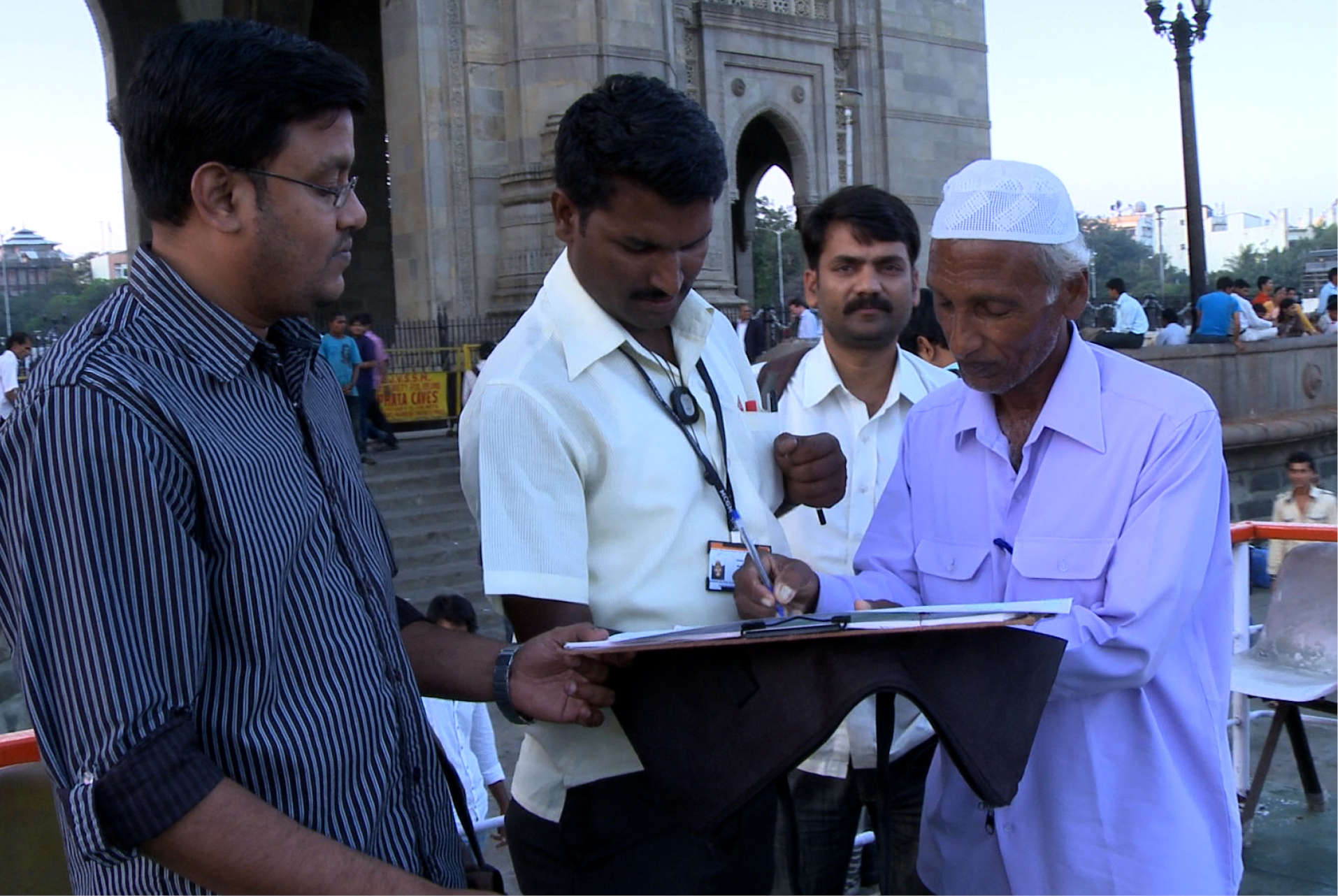
Photograph by censusindia.gov.in
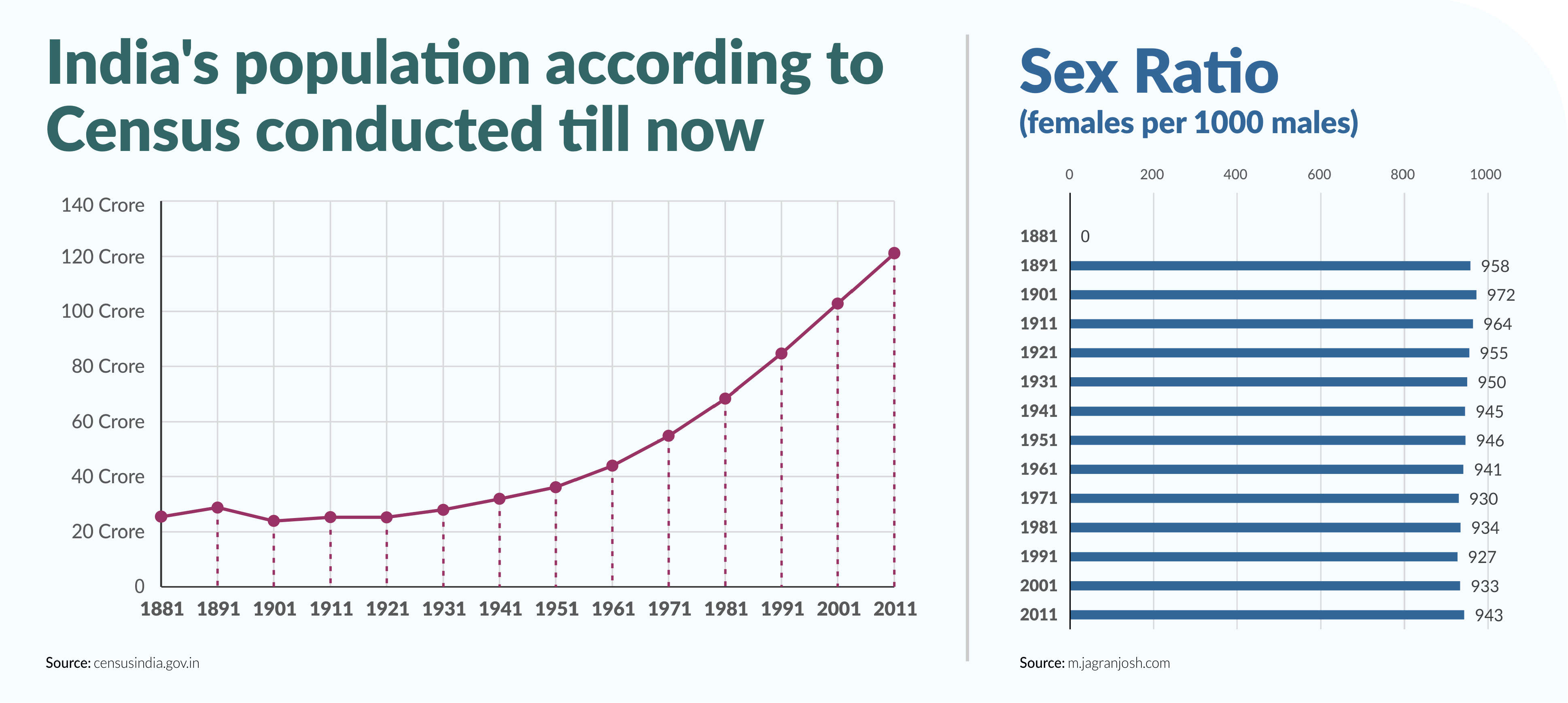
POST-INDEPENDENCE DEVELOPMENTS AND CHANGES
 An advertisement of Census India in 2011.
An advertisement of Census India in 2011.
Photograph by censusindia.gov.in
The first census of Independent India was conducted in 1951, which was the seventh census in a continuous series. Overall, data was collected in two phases, which included a household schedule for each household and an individual slip for each individual. The Census Act was enacted in 1948 to provide for the scheme of conducting population census with duties and responsibilities of census officers. The Government of India decided in May 1949 to initiate steps for developing a systematic collection of statistics on the size of the population, its growth, and established an organisation in the Ministry of Home Affairs under Registrar General and ex-Officio Census Commissioner, India.
A major technological leap took place while undertaking the first census of the twenty-first century in 2001. The schedules for the phases were scanned through high-speed scanners and handwritten data from the schedules were converted into digitized form through Intelligent Character Reading (ICR). The primary tool of Census operations is the questionnaire that is developed over the years, taking into account the changing needs of the country. The questions enhance the credibility & quality of data if various dimensions of socio-economic issues are well-incorporated in the questionnaire. The changes in the questionnaire have made a significant difference in the understanding of Indian realities and every Census of India has introduced new questions and new formats.
It should be noted that the inclusion of ‘caste’ was unique to India compared to the census activity conducted in the other British colonies. Similarly, in the first census conducted post-independence (the 1951 Census) in the context of the partition, a unique section for “displaced persons” was added. The 1961 Census expanded the question regarding the place of birth to include ‘Rural’ or ‘Urban’ and also provided for explicit enumeration of the SC/ST category. In the 1981 census, the household schedule also included the collection of information with respect to amenities available in a household such as drinking water, electricity, toilet facilities, along with information such as the nature of housing, that is, the construction materials used for walls, roofs, floors etc. The 2011 census canvassed a new schedule termed National Population Register (NPR) to collect data on every citizen in India to introduce unique identity numbers (UID).
2021 CENSUS: INDIA’S FIRST DIGITAL CENSUS

The 2021 census is the 16th census since the inception of the exercise in 1872. As announced by the Union Home Ministry in August 2021, the 2021 census is the first-ever digital census, and there is a portal for management and monitoring of various census-related activities, with a provision of working in offline mode. The forthcoming census will have a “provision for self-enumeration,” which means that respondents themselves can enter and complete survey questionnaires. The census was scheduled to take place in two phases, with the housing Census from April to September 2020 and population enumeration from 9 February, 2021, which however, was delayed due to the Covid-19 pandemic.
In February 2021, Finance Minister Nirmala Sitharaman allocated Rs 3,768 crore for the census in the 2021 Union budget of India. An estimated 33 lakh teachers will take on the responsibilities of enumerators and the census will be conducted in 16 languages, including English. It is for the first time that information of households headed by a person from the transgender community and members living in the family will be collected. Prior to this, the options included only ‘male’ and ‘female’. The fieldwork for the first phase, which would provide data on housing conditions, household amenities and assets possessed by households, is expected during 2021-22, while the fieldwork to count the population and provide data on demography, Scheduled Castes and Tribes (SC/ST), language, literacy and education, economic activity, migration and fertility is estimated to be available by 2023-24.
CASTE-BASED CENSUS: CONTROVERSY AND SUPPORT

Since the inception of the Indian Census in 1872 by the British government in India, counting of all castes was included in the exercise. This continued till 1931, however, post-Indian independence, since 1951, India’s census only counts Dalits (Scheduled Castes) and Adivasis (Scheduled Tribes). Roughly over 52% of the Indian population belonging to various lower and intermediate caste groups belong to the OBC or Other Backward Class groups, who have not been counted for in the census. However, several political parties, including some of the allies of the ruling BJP have been demanding a caste-based census, which would essentially just include a count of OBCs in the 2021 census.
In 2018, former BJP Home Minister Rajnath Singh had announced to the Press Information Bureau that the 2021 census will “collect data on OBC for the first time”. However, the BJP-led government has now refused a caste-based census, “as a matter of policy”. Nitish Kumar, the Chief Minister of Bihar, who has been strongly advocating for the need for a caste-based census has said that the need for the same is driven by “social” and not “political concerns”. Others who have come out in strong support for the need of a caste-based census, include, Tejashwi Yadav, Leader of Opposition, Bihar Legislative Assembly, Ramdas Athawale, Member of Rajya Sabha, Jitan Ram Manjhi, former Chief Minister of Bihar, Pankaja Munde, National Secretary of the Bharatiya Janata Party. Parties such as the Apna Dal, Indian National Congress, Nationalist Congress Party and Samajwadi Party have also expressed their support for a caste-based census. However, it is interesting to note that current supporters of the caste census such as the INC had been reluctant to conduct one when they were the ruling party at the centre.
Several policymakers and proponents of the caste-based census argue that an accurate enumeration of OBCs will aid in the formulation and further development of many affirmative action based programmes of the government. Additionally, the data can also be used in the debate related to reservation policy, and poverty alleviation schemes targeted towards OBCs.
While many argue that surveys by the National Sample Survey Office and the National Family Health Survey already provide some estimates of the OBC population in India, these figures are still just a survey-based estimation, and not an actual enumeration that a census would yield. The government has also argued that the undertaking of a caste-based census would lead to a further perpetuation of caste identities. However, those from lower castes have argued that caste boundaries are a reality they already deal with every day.


Photograph by censusindia.gov.in
Contributing reports by Damini Mehta, Junior Research Associate at Polstrat and Damayanti Niyogi & Abhinay Chandna, Akansha Makker, Animesh Gadre, Kashish Babbar, and Kavya Sharma, Interns at Polstrat.

